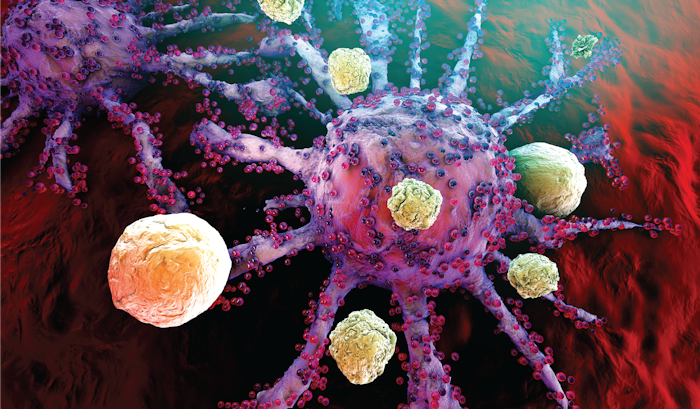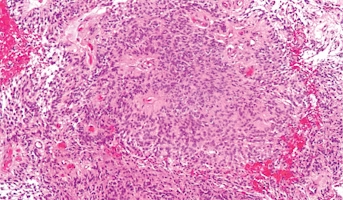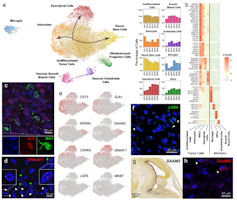Cell Ecosystem and Signaling Pathways of Primary and Metastatic Pediatric Posterior Fossa Ependymoma
Email Principal Investigator

Pablo G. Cámara
CBTN Specimen
CBTN Participants
CBTN Samples
Backer
Institutional Funds
About this
Project
Ependymomas constitute nearly one third of the central nervous system neoplasms among children aged < 3 years1. The disease remains a significant therapeutic challenge, with a 5-year overall survival rate < 55 % among this age group2 and no available chemotherapy of proven efficacy. The breadth of therapies is constrained by the current limited knowledge about the mechanisms of ependymoma progression. At the present time, no recurrent mutation has been identified in posterior fossa tumors3,4, which constitute 80 % of childhood ependymomas.
This project will perform massively parallel single-nuclei transcriptomic profiling, immunofluorescence, and in situ hybridization studies of primary and metastatic ependymomas, and will use this information in combination with existing bulk transcriptomic data to infer the cell composition and tumorigenic pathways of ependymal tumors.
Ask The
Scientists
What are the goals of this project?
The goals of this project are to uncover the cell composition, oncogenic pathways, and microenvironment interactions that underly the tumorigenesis, progression, and metastasis of pediatric ependymal tumors, and identify potential therapeutic targets.
What is the impact of this project?
Pediatric ependymoma is a devastating brain cancer marked by its relapsing pattern and lack of effective chemotherapies. This shortage of treatments is partially due to limited knowledge about ependymoma tumorigenic mechanisms. Although there is evidence that ependymoma originates in radial glia, the specific pathways underlying the progression and metastasis of these tumors are unknown. This project will generate basic knowledge about the biology of ependymal tumors that can serve as the basis for the development of therapies for this cancer.
Why is the CBTN request important to this project?
Although they led to interesting and novel results, our preliminary analyses (Fig. 1) are limited by the lack of longitudinal single-cell expression data of ependymal tumors. Childhood ependymomas are rare tumors (4.6 new cases/year per 100,000 children15). To our knowledge, CBTN is the only biorepository with a sufficiently large collection of flash-frozen specimens of primary, recurrent, and metastatic childhood ependymomas to perform this study.
Project
Results
This work has now been published in bioRxiv Cell Ecosystem and Signaling Pathways of Primary and Metastatic Pediatric Posterior Fossa Ependymoma.
Our work is uncovering the cell ecosystem of pediatric posterior fossa ependymoma and some of the major signaling pathways driving the tumorigenesis of this cancer. Our preliminary results show that ependymoma tumor stem cells recapitulate the developmental lineages of radial glia in neurogenic niches, promote an inflammatory microenvironment in cooperation with microglia, and upon metastatic progression initiate a mesenchymal program
Meet The
Team
- Rachael Aubin. Graduate Student
- Emma Troisi. Research Specialist
- Mariarita Santi, MD. Neuropathologist
- MacLean Nasrallah, MD, Ph.D. Neuropathologist
Institutions

University of Pennsylvania

Primary
Operations Center

Children’s Hospital of Philadelphia
Joined onOperations Center for the Children’s Brain Tumor Tissue Consortium, the Children’s Hospital of Philadelphia (CHOP) is currently ranked 1st nationally for their Pediatric Cancer Program by U.S. News & World Report. CHOP’s Biobank is home to the CBTTC’s pediatric brain and CNS tumor biorepository; the
related
Resources
Project

Data
Molecular Analysis of the Cellular Ecosystem of Childhood Ependymoma
Ependymomas are a common form of growth in pediatric brain cancer patients, but there is a lack of effective treatment options currently available. Using the Pediatric Brain Tumor Atlas researchers will gain a greater understanding of ependymoma growth, helping to guide therapeutic opportunities.
Ependymoma

Pablo G. Cámara
Publication



